It’s a rare event to visit a doctor’s office, grocery store, or school without running into an abundance of hand sanitizers and antibacterial wipes littered atop desks or sitting next to shopping carts. Since the rise of antibiotics, our society has become consumed with creating sterile environments, viewing any and all bacteria through a lens of eradication.
While antibacterial methods have come a long way in giving humans a semblance of control over bacterial infections (and in many cases saving lives), scientists are now beginning to discover the consequences of a “too sterile” society. Dubbed the “hygiene hypothesis,” this concept theorizes that the increasing number of skin and autoimmune diseases in developed countries can be linked to excessive hygiene.
To researchers studying ancestral health and nutrition, this makes perfect sense. In the natural world, we are symbiotic with our environment, including the some 100 trillion microorganisms we carry both on and inside our bodies. There are no harsh chemical cleansers, antibiotic “packs,” or sterilizing sprays in nature (aside from natural essential oils), and for good reason: these unnatural chemicals not only kill bad bacteria, but also wipe out the beneficial bacteria responsible for keeping our immune systems running efficiently. [tweet_quote] Harsh chemicals kill bad bacteria, but they also wipe out beneficial bacteria needed for a healthy immune system. [/tweet_quote]
What does eradication of our good bacteria look like? It turns out our dance with excessive hygiene has been implicated in the rise of numerous internal disorders, such as asthma, allergies, yeast infections, inflammatory bowel disease, and even diabetes, to name a few (1).
While the oral intake of probiotics has been going strong for the past few years since these links have surfaced, what if there was more to the story, especially when it comes to our skin? Specifically, what if our continued use of commercial cleansers and lotions was damaging not only our internal microbiota, but also holding us back from having healthy, glowing skin?
Below we’ll take a look at the difference between having sterile skin and healthy clean skin, and how you can get glowing in a few easy steps.
The Drawbacks of Being “Too Clean”
No, we’re not insisting that you stop washing your hands, or forgo showering. By “too clean,” we’re referring to the use of harsh chemical cleansers that kill both bad bacteria and good bacteria in the name of “cleanliness.” These methods of hygiene have several severe drawbacks:
1. Promotes and/or Worsens Skin Conditions
As the study of probiotics and good bacteria continues to rise, so do the connections being made between skin conditions and lack of beneficial bacteria.
For instance, disrupted microbial composition (due to hygiene measures) in infants has been strongly correlated with atopic eczema. Specifically, studies have found that infants with eczema have lower microbial diversity and fewer strains of Bifidobacteria (a beneficial probiotic) than healthy infants (2). Another study also showed “significant improvement” in atopic dermatitis following the use of probiotics, suggesting deficiencies in good bacteria to be a causative factor (3, 4).
2. Strips Skin of its Protective Barrier
Just as ingesting probiotics and maintaining a healthy gut flora boosts our immune system, bacteria living on our skin provide the first (and remarkably strong) defense against bad bacteria and pathogens. Studies have shown that chemical cleansers and creams strip this natural protective barrier. Specifically, triclosan, a common antibacterial and antifungal ingredient found in a variety of washes, toothpastes, and detergents, was found to worsen and impede skin barrier repair when compared to a topical probiotic (5).
The Benefits of Nurturing Good Bacteria
Maintaining beneficial bacteria on our skin has a host of benefits that aid in healing and promoting a glowing complexion.
1. Increases Resistance to Pathogens
Since our skin is a barrier organ, it takes a daily beating, protecting us from harmful viruses, bacteria, and other pathogens. Interestingly, by nurturing this barrier (which consists mostly of probiotic organisms), we also increase our innate resistance to harmful pathogens. Studies have shown that a mere single strain of probiotic living on the skin, Lactobacillus plantarum, can do wonders to improve the skin barrier (6).
2. Reduces Acne and Repairs Skin
The dermatology industry has made a name for itself by identifying bacteria as the root cause of acne. While this is true to an extent, the fact that the skin contains an abundance of good bacteria that protect the skin is left unspoken. For instance, research has shown that, yes, acne-prone skin does appear to have a higher level of negative bacteria called “P. acnes.” However, a strain of this same bacteria has also been found predominantly in healthy skin and nearly absent in acne-prone skin (7). [tweet_quote]While bad bacteria can cause acne, anti-bacterial treatments may destroy healthy skin bacteria too.[/tweet_quote]
This shows that there is a delicate and sometimes complicated balance of microorganisms living on the skin, and any disruption is likely to cause bad strains to overcome the anti-inflammatory, probiotic strains.
On that same note, the strain of probiotic we mentioned earlier, Lactobacillus planetarium, has been shown to reduce redness and irritation, and also reduce acne lesion size when applied topically (8).
3. Anti-Aging Benefits
As if the benefits of good bacteria couldn’t get any better, research has found that probiotics are extremely effective when it comes to anti-aging. This is due their ability to strengthen the skin barrier, which aside from preventing pathogens from causing inflammation, also protects against pollution and free radicals (9).
Additionally, topical application of probiotics has been shown to help skin hold onto moisture (a huge plus when it comes to aging) and protect against sun damage (10).
How to Be Clean Without Being Sterile
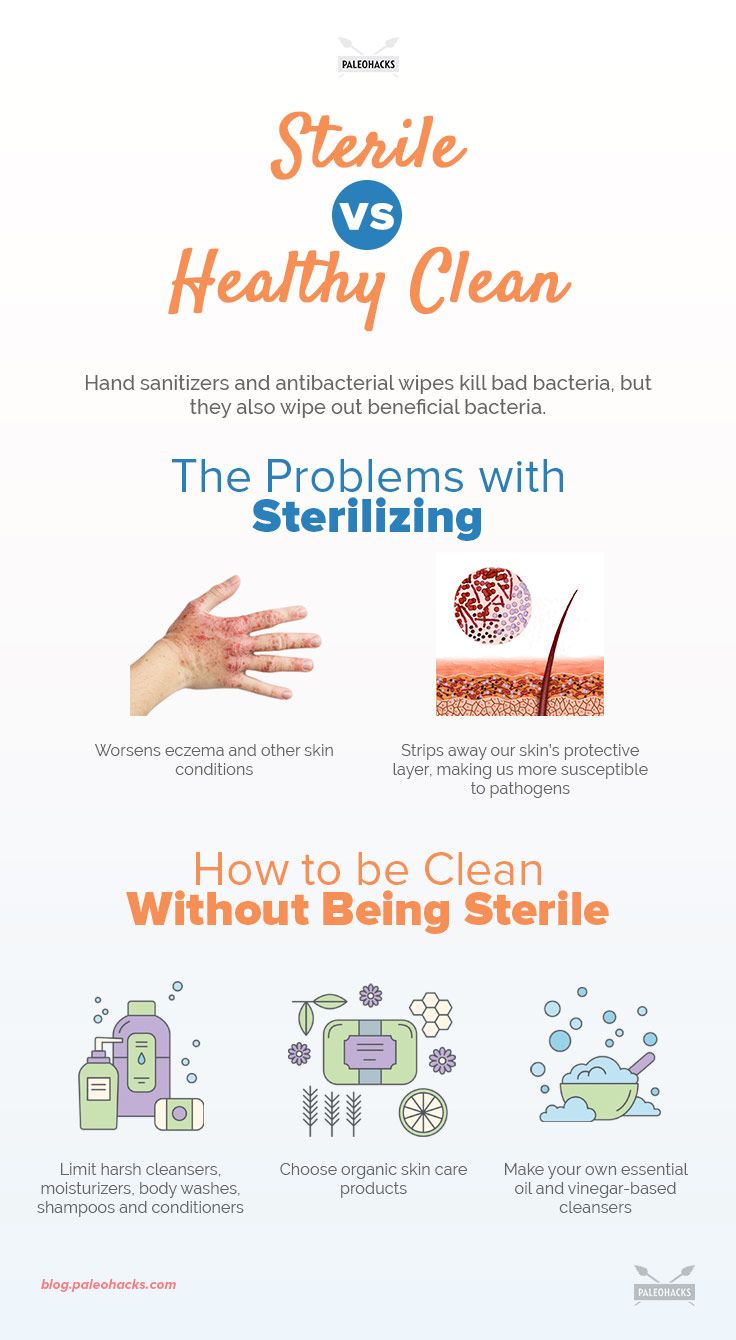
1. Limit harsh cleansers, moisturizers, creams, lotions, shampoos and conditioners, and body washes—specifically those containing chemical antibacterial agents, sulfates, and parabens.
2. Choose organic skin care products, or “wash” your face with a diluted mixture of one part apple cider vinegar to two parts water. Follow with an all-natural moisturizer such as olive, coconut, or jojoba oil, or a topical probiotic (see below).
3. Avoid commercial hand sanitizers and household cleaners, opting instead for essential oil and vinegar-based cleansers.
An effective option that will make a huge difference in your skin—and is especially helpful in restoring good bacteria and rebuilding the fragile barrier we talked about earlier—is investing in a topical probiotic. [tweet_quote] Topical probiotics can help keep skin in a healthy pH range. [/tweet_quote]
We recommend Mother Dirt—a line of products that nurture and restore the good bacteria of the skin by giving it a boost of Ammonia Oxidizing Bacteria (AOB). These are a type of bacteria that once lived on our skin before it was wiped out, and help keep our skin in a healthy pH range (aka, silky smooth and supple). Their probiotic mist and gentle cleanser help improve the look and appearance of skin, improving skin sensitivity, oiliness, dryness, and odor in as little as two weeks.
It’s worth noting that our editor swears by their shampoo and raves about how she’s ditched conditioner for good. If you have dried-out hair that’s been stripped of its natural oils, definitely give Mother Dirt’s Shampoo a try. It’s a gentle way to revert to when your hair was naturally soft and healthy. The bonus: you’ll save money on conditioner and expensive hair treatments in the long run.
Maybe one day we’ll discover that striking a loving deal with our skin’s microbes will offer rewards of radiance, fewer breakouts, increased smoothness, and possibly even an enhanced immune system—benefits we’ll never want to wash away.
(Read This Next: Hand-Washing vs. Sanitizers: The Best Way to Kill Germs)
This post is sponsored by our friends at Mother Dirt. Our goal is to always bring you healthy, Paleo-friendly articles that we know you’ll love. We only feature trusted brands approved by the PaleoHacks team.


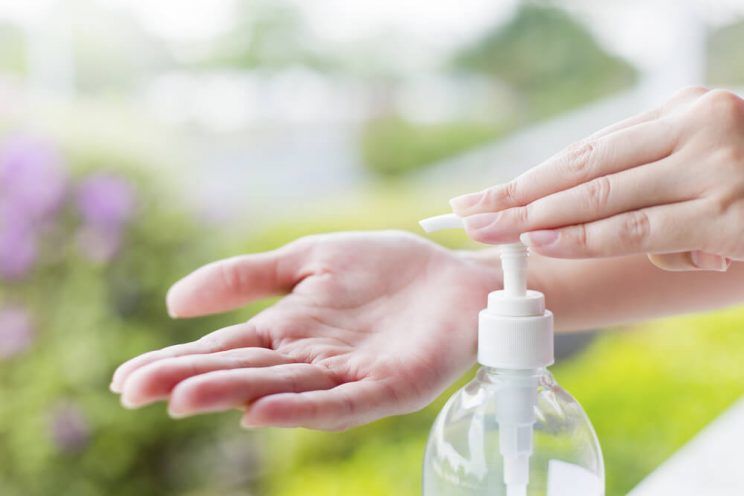
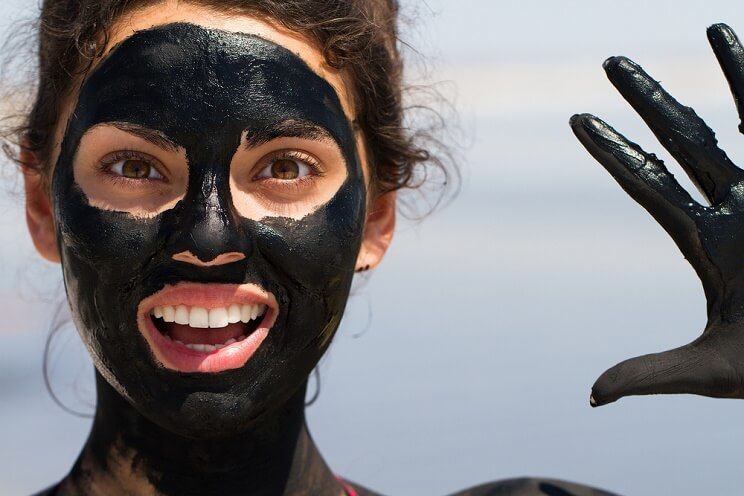
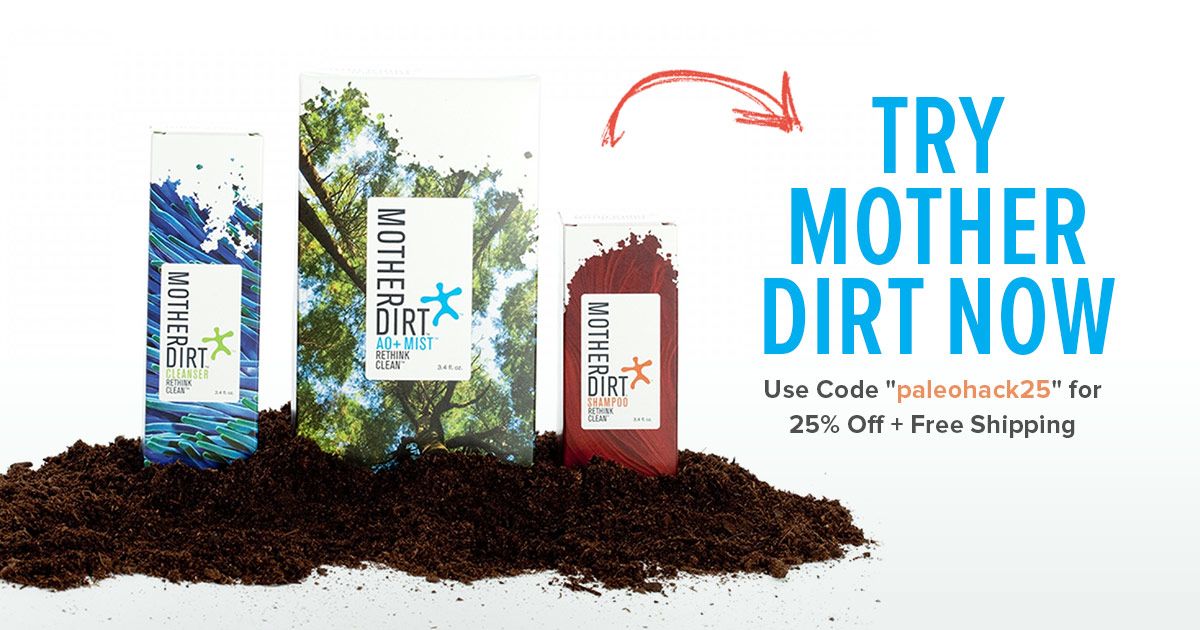
 16 Amazing Ground Beef Recipes That Aren’t Burgers
16 Amazing Ground Beef Recipes That Aren’t Burgers
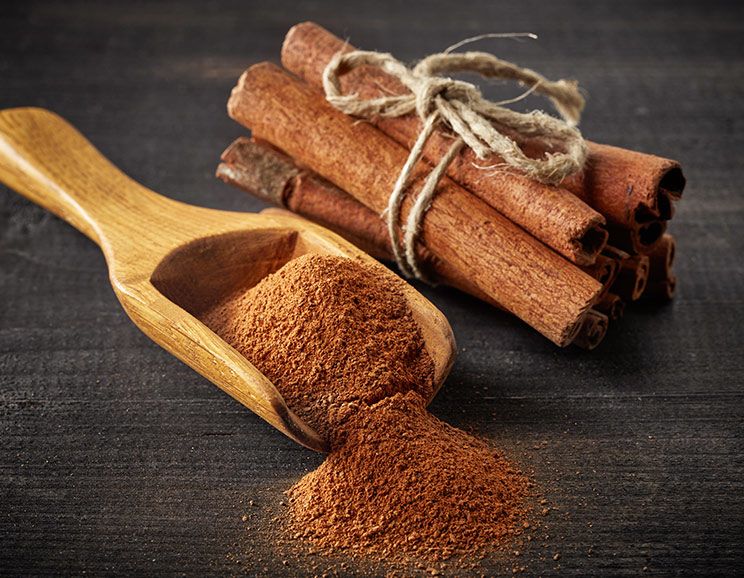

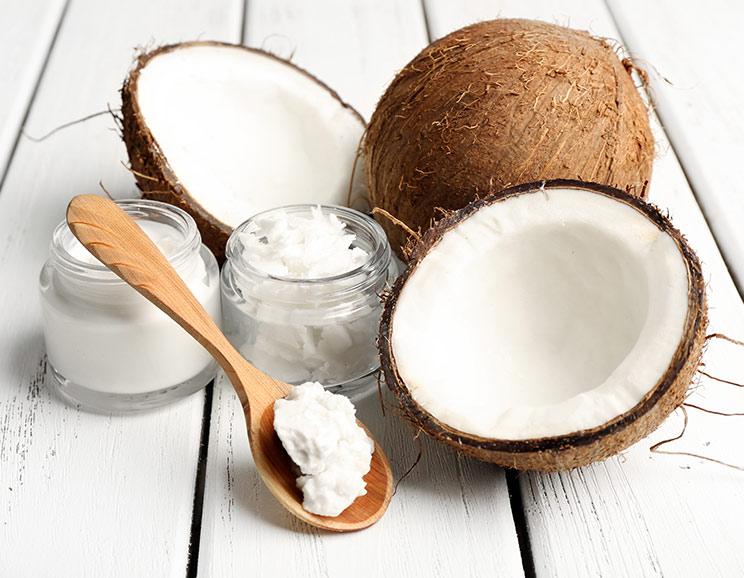

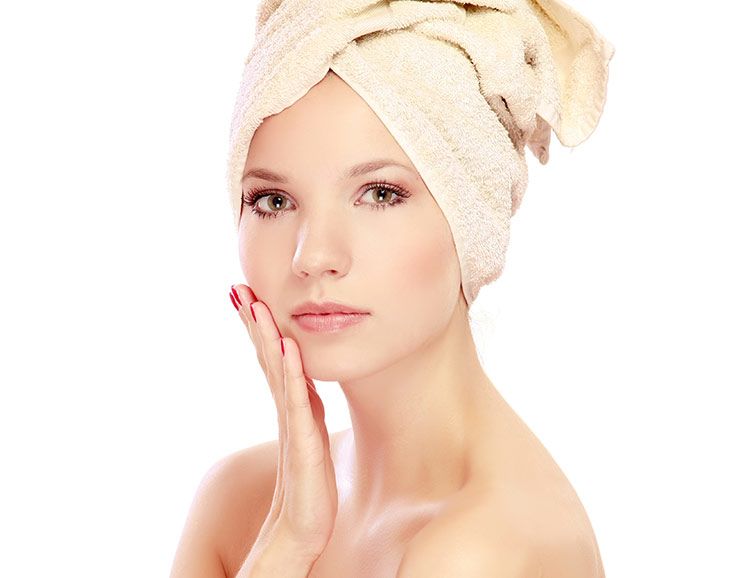
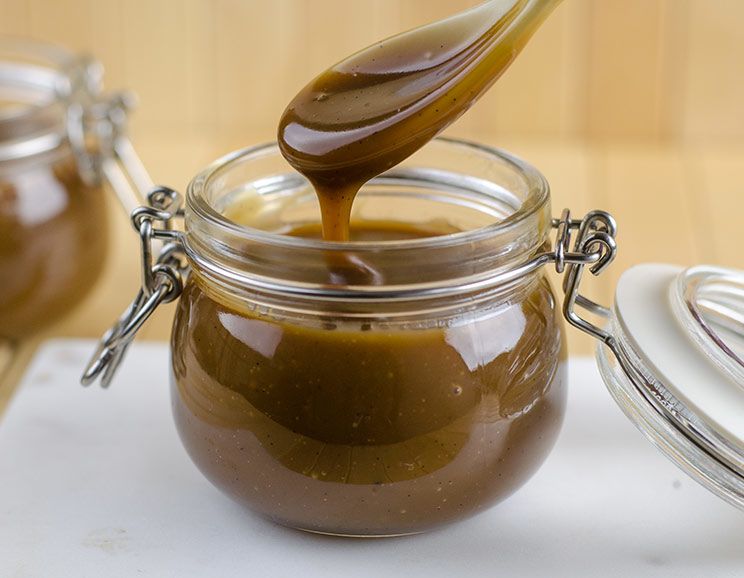
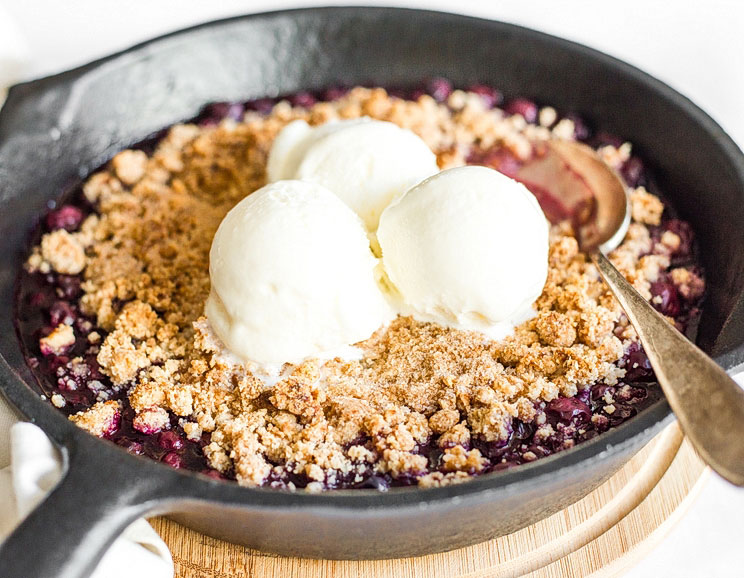
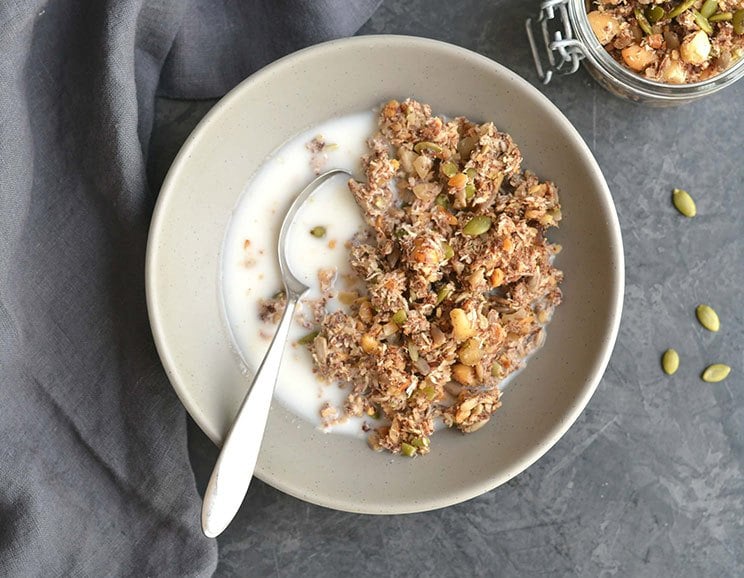
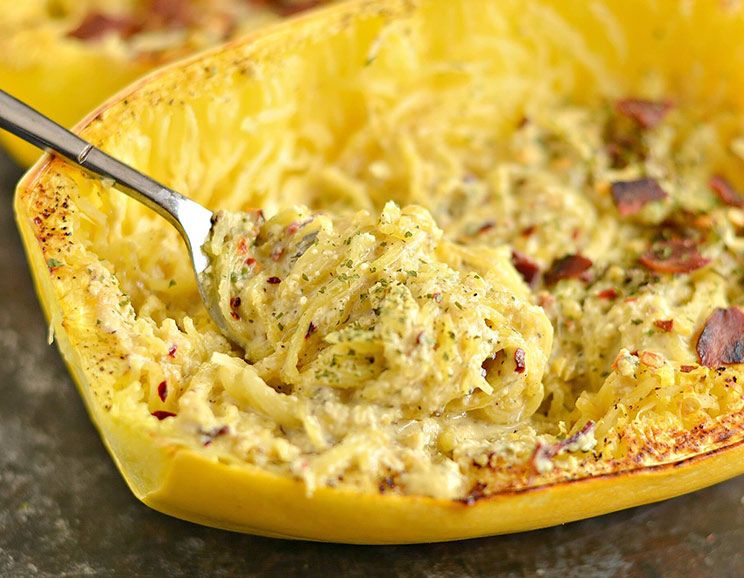
Show Comments